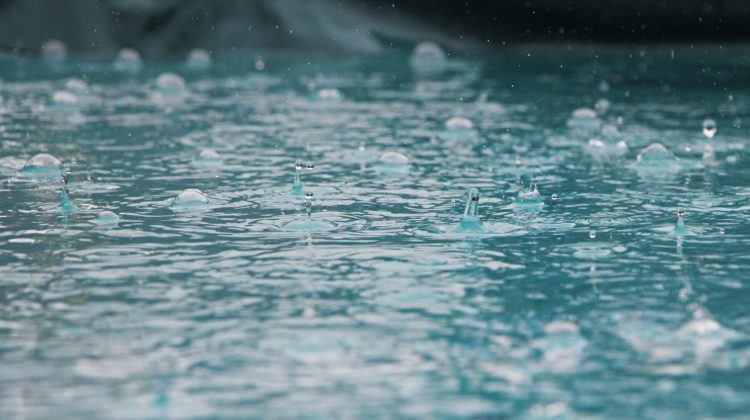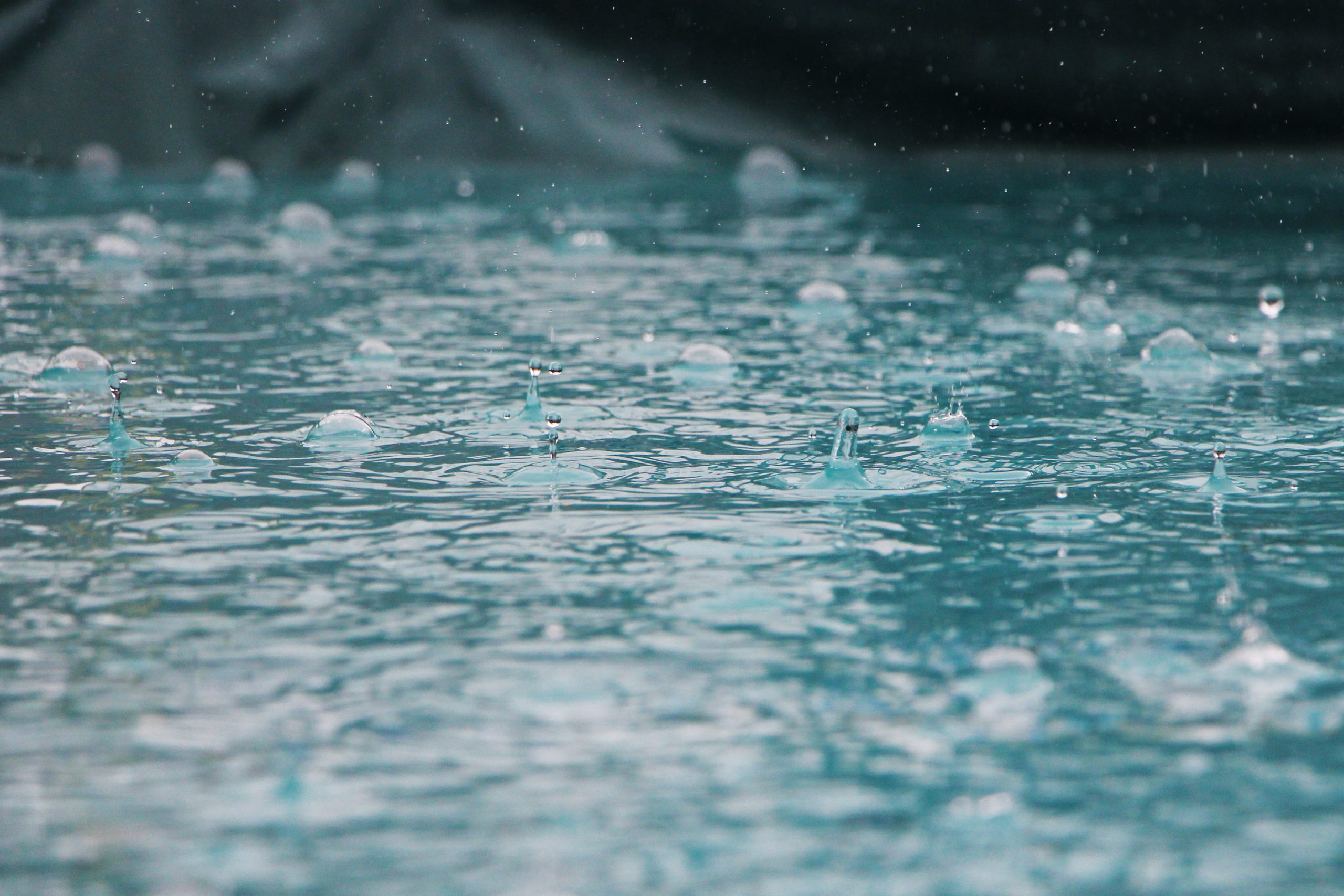
(Photo by Inge Maria on Unsplash)
The term ‘atmospheric river’ is getting thrown around a lot recently, but Environment Canada sat down and explained why we use this term to describe the recent events in BC, rather than just calling it heavy rain.
Geoff Coulson is a Warning/Preparedness Meteorologist with Environment Canada, and said this phenomenon has been around for ages, and the term was originally coined in a research paper in the late 90’s, and has been used by Meteorologists for the last 25 years.
“It’s a large section of the atmosphere that’s transporting water vapour or moisture from some tropical regions into the mid latitudes.”
He said that you can see an atmospheric river setting up on satellite imagery.
“And what it is, is a long and narrow band of water vapour in the atmosphere. These atmospheric rivers can be a couple of thousand of kilometres long, they can be 500 to 800 kilometres wide.”
Coulson added that the moisture gets carried in the lowest three kilometres of the atmosphere, and that strong winds are often associated with it.
The water vapour will then need to rise when it reaches landscapes like what is seen in BC, and Coulson added that once that vapour rises, it’ll condense, and that’s where we get these heavy rainfalls or snowfalls.
He said that Climatologists have been looking at whether this is something we should expect going forward.
“One of the things they’ve noted is, if in general our atmosphere is warming, then the capacity for that atmosphere to have more water vapour in it is part of the equation.”
Coulson noted that atmospheric rivers aren’t necessarily a bad thing, and that they can oftentimes replenish reservoirs, and give some places some much needed moisture.
“I think what’s been the problem is these recent events have occurred on the heels of what was a already a very wet fall. Lots of precipitation starting back in September caused a lot of saturation in watersheds across especially southwestern British Columbia.”
He added that wildfires had an impact as well, with burn scars occurring across the province, and having less trees to hold the soil intact when it gets saturated.
The northern part of BC may see some of these impacts of this upcoming atmospheric river, with Coulson adding that some areas are seeing snowfall warnings.
“This particular one is actually making initial landfall on the north coast. And because of that there are currently winter storm warnings in effect for places like Kitimat and Stewart and Terrace, where they’re going to see a lot of this as snow with some rain mixing in as well.”







